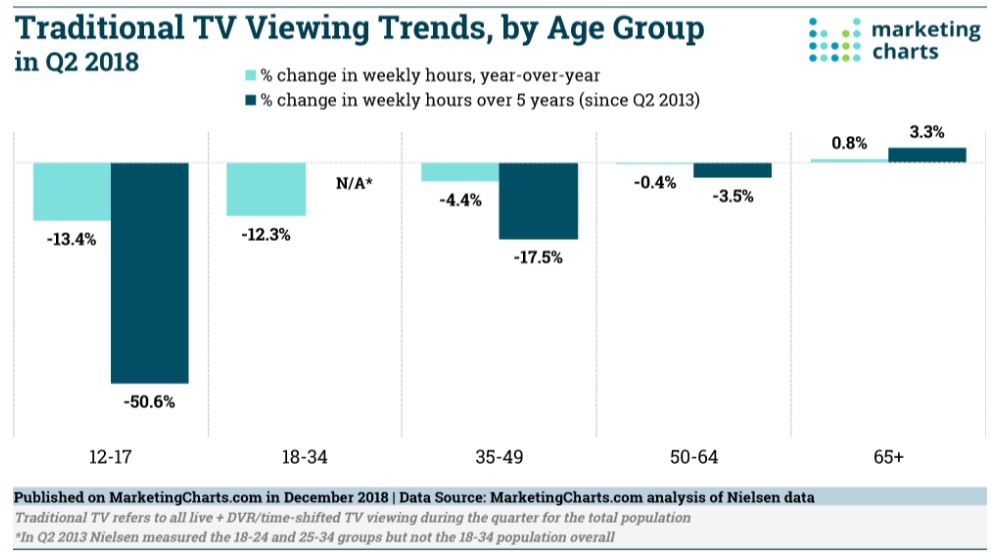
(By Charlie Sislen) Ever since the growth of cable, broadcast TV viewership has eroded. Even with this declining viewership, the four big networks and their affiliates were able to maintain their average unit rate. Reduced viewership combined with flat unit rates resulted in soaring TV costs-per-point. This made radio a cheaper alternative. Want to grow the radio pie? Take a couple of spots off your TV schedule and invest in radio. You get more bang for your marketing buck.
Recently, this erosion in broadcast viewership is catching up to both the networks and their affiliates. The high-profile of alternative services like Netflix and Hulu (not to mention the dramatic increase in cord cutting) have made advertisers more aware of declining viewership, and it is finally catching up to broadcast TV. TV’s average unit rates have fallen drastically, and in some markets TV costs-per-point are similar to that of radio. Therefore, the old strategy of slicing off a few broadcast TV spots and adding radio to save money is not as strong a counter sell as it once was.
The chart below shows how viewership has declined nationally, especially with the younger and more desirable demographics. Only Adults 65+ has remained steady.

Therefore, if you want to convert TV ad dollars to radio, a smart rep needs to change their strategy.
Remember the goal is to grow the radio pie, and broadcast television remains a prime candidate from which to grab those ad dollars. The next several essays will focus on how a smart sales rep can use local qualitative tools, typically Scarborough, to convert TV dollars to radio.
These essays will look at both reach and quality of audience. Because you will be using local tools, this will be more relatable to the advertiser. However, your ability to grow your billing will depend on focusing on a client’s needs and opportunities.
Charlie Sislen is a partner at Research Director, Inc. He can be reached at 410-956-0363 or by e-mail at [email protected]. This essay is part of a series titled “Growing the Radio Pie.” To view past articles visit The Ratings Experts at Research Director, Inc. online here.





